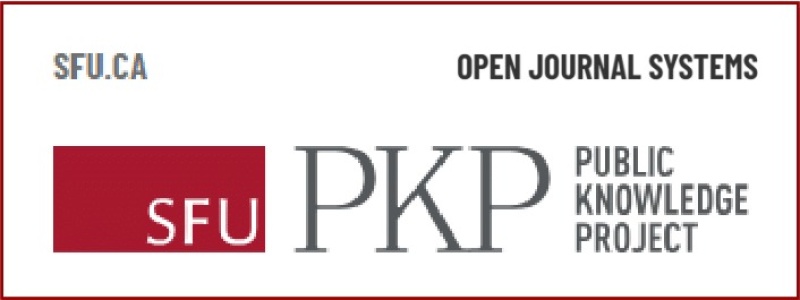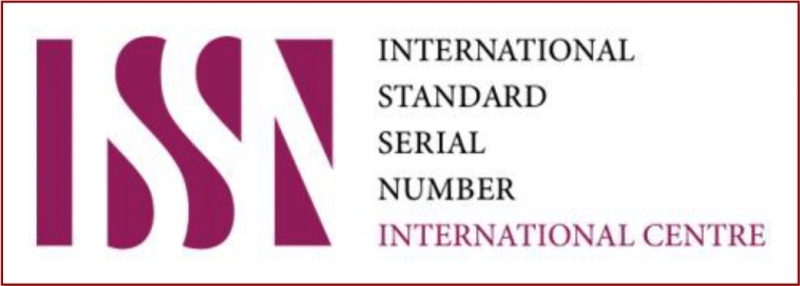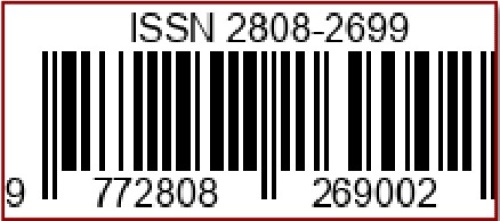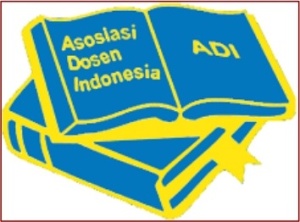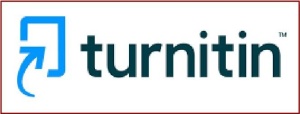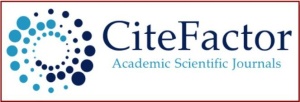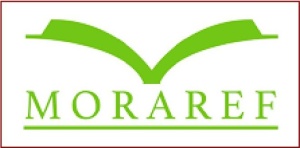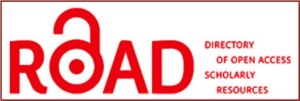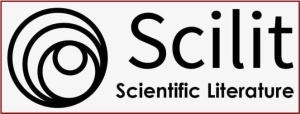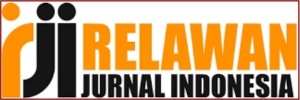Peranan Karbohidrat dalam Perspektif Al-Qur’an
DOI:
https://doi.org/10.36312/ejiip.v2i4.131Keywords:
Carbohydrates, Role of Carbohydrates, Al-Qur’an Perspective.Abstract
Carbohydrates are compounds consisting of the elements carbon, hydrogen and oxygen, carbohydrates have an important role for life for humans, animals and plants. Carbohydrates and their functions have been described in several verses of the Qur'an.. The perspective of the Qur'an on science, especially on carbohydrates, is sometimes less known to most people that carbohydrates are important to study. The abundance of food on this earth, makes humans less aware and negligent about the importance of the benefits of carbohydrates. The purpose of this study is to find out about the role of carbohydrates in the Qur'an, encourage the development of science in the perspective of the Qur'an, increase faith and gratitude for all God's gifts. The research method in this article uses literature studies, writing techniques to collect data and information by reviewing related journals and books. The result of writing this article is that carbohydrates have an important role, source and impact according to the view of the Qur'an. The conclusion obtained is that the role of carbohydrates has been explained in the Qur'an in the letter (Qur'an: 4, Al-Maidah: 88), the source of carbohydrates (Al-An'am: 95, Yasin: 33, Al-Baqarah: 22, An-nahl; 11, An-Nahl: 68-69), and its impact (Al-A'raf: 31, Al-Maidah: 87).
Downloads
References
Andriyani. (2019). Kajian Literatur pada Makanan dalam Perspektif Islam dan Kesehatan. Jurnal Kedokteran dan Kesehatan, 15(2), 178-198. https://doi.org/10.24853/jkk.15.2.178-198
Azhar. (2016). Manusia dan Sains dalam Perspektif Al-Qur’an. Lantanida Journal, 4(1), 72-86. http://dx.doi.org/10.22373/lj.v4i1.1869
Chasanah, G., Suryaningsih, S., & Fairusi, D. (2019). Analisis Integrasi Keislaman pada Materi Kimia Pangan (Sumber, Manfaat, dan Keterpahamannya). JTK : Jurnal Tadris Kimiya, 4(2), 168-176. https://doi.org/10.15575/jtk.v4i2.5197
Fitri, A. S., & Fitriana, Y. A. N. (2020). Analisis Senyawa Kimia pada Karbohidrat. Sainteks, 17(1), 45-52. https://doi.org/10.30595/sainteks.v17i1.8536
Jaronah, S. (2020). Tumbuhan sebagai Sumber Gizi dalam Tafsir Kementerian Agama. Skripsi. Universitas Islam Negeri Syarif Hidayatullah.
Karpin., & Mahmudatussa’adah, A. (2018). Pendekatan Pembelajaran Sains Berbasis Pemahaman Alquran dalam Pembelajaran Kimia Makanan. Jurnal Media, Pendidikan, Gizi dan Kuliner, 7(1), 33-43. https://doi.org/10.17509/boga.v7i1.11595
Nisak, F. S. (2014). Makanan Bermutu dalam Al-Qur’an. Skripsi. Universitas Islam Negeri Sunan Kalijaga.
Noriko, N., & Pambudi, A. (2014). Diversifikasi Pangan Sumber Karbohidrat Canna edulis Kerr. (Ganyong). Jurnal Al-Azhar Indonesia Seri Sains dan Teknologi, 2(4), 248-252. http://dx.doi.org/10.36722/sst.v2i4.160
Safnowandi. (2022). Pemanfaatan Vitamin C Alami sebagai Antioksidan pada Tubuh Manusia. Biocaster : Jurnal Kajian Biologi, 2(1), 6-13. https://doi.org/10.36312/bjkb.v2i1.43
Sari, E., Setiawan, D., & Ayu, I. (2021). Peningkatan Literasi Sains Melalui Pembelajaran Energi dan Perubahannya Bermuatan Etnosains pada Pengasapan Ikan. Panthera : Jurnal Ilmiah Pendidikan Sains dan Terapan, 1(1), 25-36. https://doi.org/10.36312/pjipst.v1i1.11
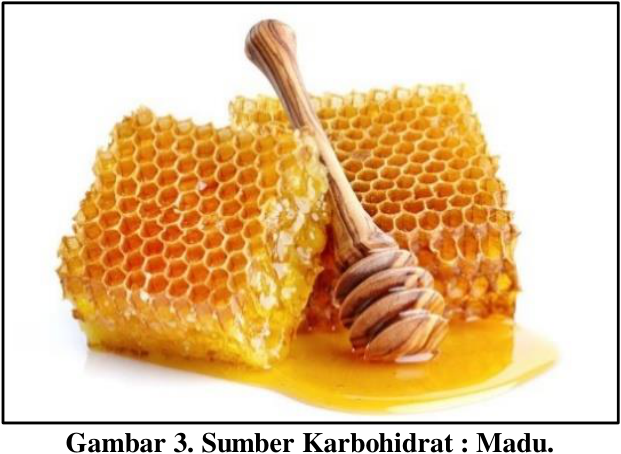
Downloads
Published
How to Cite
Issue
Section
License
Copyright (c) 2022 Maulana Setiawan, Ichsan Wiratama, & Alif Sulaeman

This work is licensed under a Creative Commons Attribution-ShareAlike 4.0 International License.
-
Attribution — You must give appropriate credit, provide a link to the license, and indicate if changes were made. You may do so in any reasonable manner, but not in any way that suggests the licensor endorses you or your use.
-
ShareAlike — If you remix, transform, or build upon the material, you must distribute your contributions under the same license as the original.

